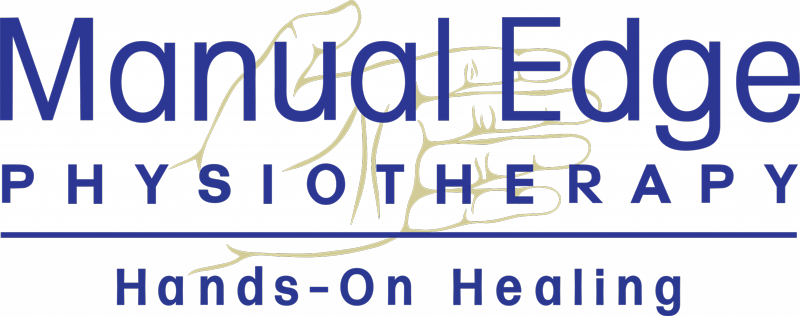Frequently Asked Questions
General
-
HEP stands for home exercise program, and it’s a vital part of any treatment plan. It’s one of the most important aspects of physical therapy. If you started anything new in life: a workout, a new job, a new hobby, etc, you would benefit immensely from doing it every day as opposed to a couple times per week. It will usually take 10-15 minutes of your time at home to engage in a few stretches/exercises that will compliment the progress you make in our office. Don’t worry, they generally require little to no equipment, and equipment will be provided to you if you need it (such as an exercise band).
What is a physical therapy home exercise plan (HEP)? -
-
Our therapists are fully licensed physical therapists. If you are wondering about the specific staff in your clinic, please visit the location page for your area and read the bios. We also employ several physical therapist assistants (PTA’s), at our locations. These professionals are also licensed and highly qualified to assist you in your treatment.
What are our credentials? -
You should wear loose clothes that make it easy to move. We also recommend sneakers. Workout clothes will work, but any comfortable clothing will work fine. Plan on giving your therapist access to your area of concern. The less your clothes restrict your movement and the more comfortable you are, the better. Shorts, yoga pants, or athletic/loose fitting pants and a tee shirt are all good options.
What should I wear to physical therapy?
Billing
-
Yes, many times they do. In fact, we will verify your benefits for you. When you walk in for your first visit, your benefits will be explained to you thoroughly. This service is complimentary to you, and the purpose is that there will be no mystery surrounding your benefits. If you have a specific question about your plan please first consult our insurance list and second, give us a call if you are still wondering!
Will my insurance pay for physical therapy?
My First Visit
-
If we are asking you to do something that is hurting too much, let us know! Physical therapy should not be severely painful. It is not common to be so sore that patients are in pain or it affects their daily life. If this ever happens during or after an appointment, let us know and we will adapt your program.
Does physical therapy hurt? -
We recommend budgeting 40-60 minutes for a typical therapy session. The only exception to this will be your first visit, which can take about 20 minutes longer due to the physical therapy evaluation your therapist will provide. We also recommend showing up about 10-15 minutes early to your first visit. This way, you can complete the paperwork before your visit time and streamline the process.
How long does a physical therapy appointment last? -
A typical order for physical therapy will ask for 2-3 visits per week for 4-6 weeks. Sometimes the order will specify something different. What generally happens is for the first 2-3 weeks, we recommend 3x per week. This is because it will be the most intensive portion of your treatment. After that, it is common to taper to 2x weekly, based on your level of function and progress.
How long does physical therapy treatment take? -
Yes. Physical therapy works based on the science of how the body rebuilds and heals. The biggest killer of progress is inconsistency. We recommend adhering to your prescribed sessions agreed upon in your PT Eval to achieve desired results.
Is it important to keep my appointments? -
A physical therapy visit lasts about 40-60 minutes. The actual contents of the visit vary based on your diagnosis/need, but typically what happens is:
- You check in with the receptionist, make any appointments necessary, and we discuss your health insurance benefits with you.
- You go into the gym. You can change clothes if you need to, then begin therapy.
- You perform 6-8 various exercises and stretches. These can include therapeutic band exercises, light body weight exercises, or minimal weights. The stretches will promote strength, stability, improved range of motion, and pain relief.
- We can initiate other techniques to include manual work, taping, cupping, and dry needling as needed.
- The therapist makes recommendations based on your progress. These can include altering the frequency of visits, making additions/alterations to your home exercise plan, or things to do before your next visit.
